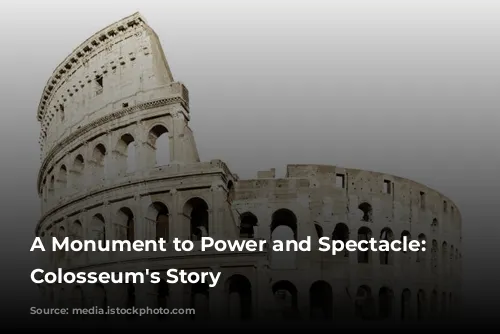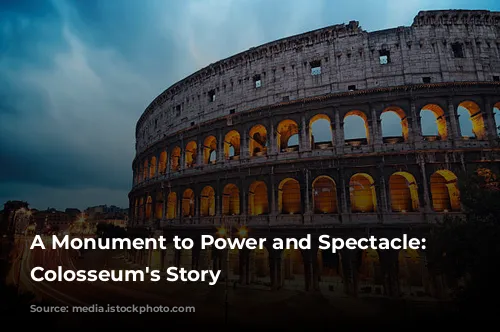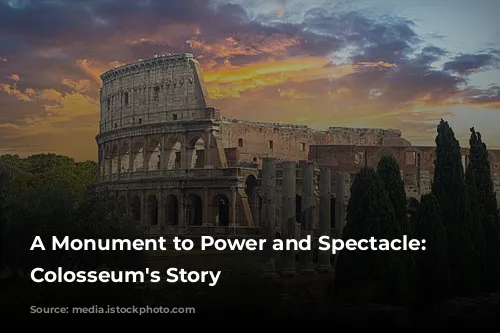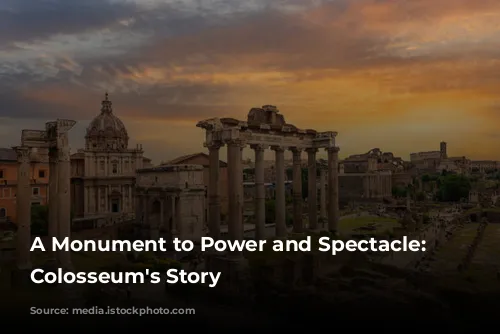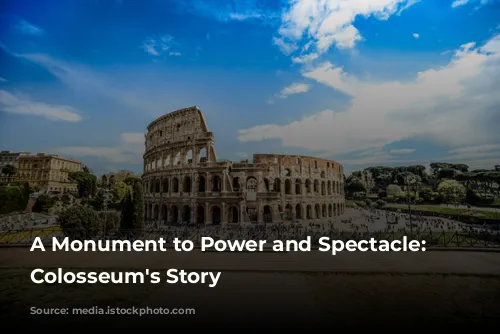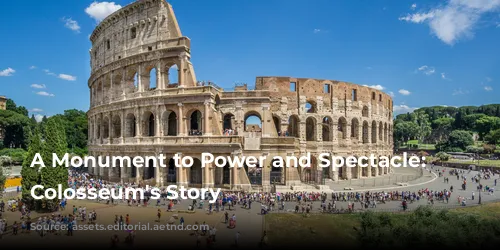The Colosseum, a name synonymous with the grandeur of ancient Rome, stands as a testament to the power and ingenuity of the Flavian dynasty. More than just a stadium for blood-sport entertainment, the Colosseum served as a powerful symbol of the city’s resurgence after a period of upheaval.
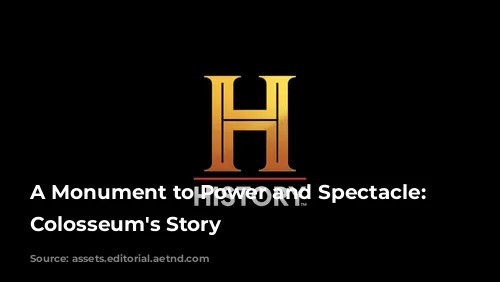
A City Rebuilt: The Flavian Dynasty’s Vision
Following a tumultuous period of fire, plague, and civil war, the Flavian dynasty, led by Vespasian, embarked on an ambitious project to restore Rome to its former glory. This period of renewal saw the renovation of buildings, statues, and monuments throughout the city. In 70 A.D., Vespasian commissioned the construction of a new amphitheater, funded by the spoils of war from the siege of Jerusalem. This grand amphitheater, dedicated ten years later, became known as the Colosseum, its name derived from the nearby Colossus of Nero, a colossal statue of the previous emperor.
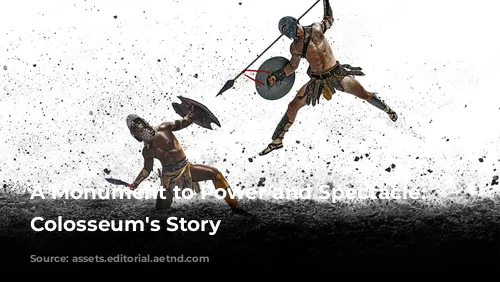
A Masterpiece of Architecture and Engineering
The Colosseum was not just a monument to the Flavian dynasty’s power, but also a marvel of architecture and engineering. The largest and most complex permanent amphitheater of its time, it was built primarily of concrete, travertine, marble, stone, and timber. Its impressive stature, reaching 157 feet – roughly the height of a 15-story building – could accommodate an estimated 50,000 to 80,000 spectators.
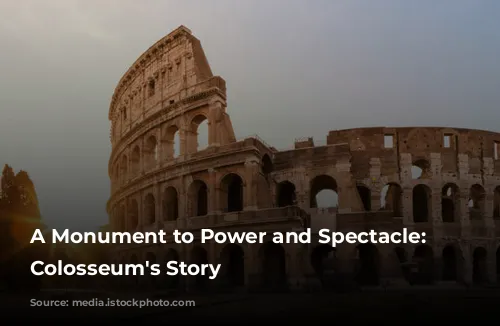
A City for All? The Colosseum and Social Hierarchy
The Colosseum’s construction was not just a display of power, but also a strategic move to solidify social order. By building on the site of Nero’s estate, which had been open to all, the Flavians created a public space that maintained a clear hierarchy. The Colosseum’s seating arrangement, a testament to Rome’s rigid social structure, reflected the differences in status, wealth, and gender. The best seats were reserved for the elite – the Emperor and the senators – while the Equestrian order, consisting of merchants, artisans, and bureaucrats, occupied the next tier. The remaining 95% of the population, including women, foreigners, and the poor and enslaved, occupied the less desirable upper seating.
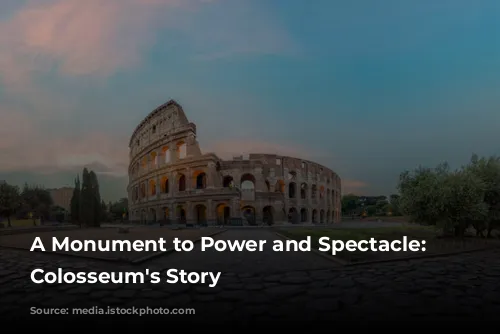
Innovation and Design: A Legacy that Endures
The Colosseum was a testament to the innovative spirit of Roman engineering. Its elliptical design offered unobstructed views of the arena, while its four entrances for dignitaries and 76 for ordinary citizens ensured a controlled flow of spectators. The Colosseum also featured a sophisticated drainage system for staging mock sea battles, a retractable awning to protect spectators from the elements, and a complex network of chambers and tunnels beneath the arena floor, known as the hypogeum, to house props, scenery, and participants.
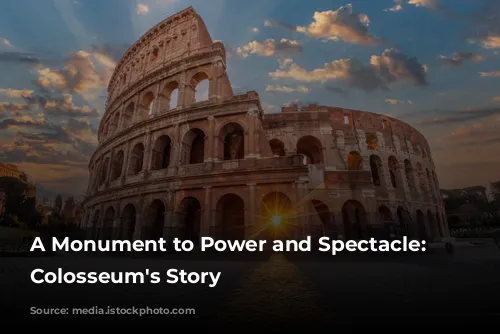
The Colosseum’s Legacy: A Lasting Influence
The Colosseum’s influence extends beyond its historical significance. Its architectural features, including its use of arches, its elliptical shape, and its organizational system for managing crowds, have inspired the design of modern outdoor stadiums.
The Colosseum continues to captivate visitors with its timeless majesty. It stands as a powerful reminder of the ingenuity, power, and spectacle of ancient Rome, a legacy that continues to inspire and amaze us today.
